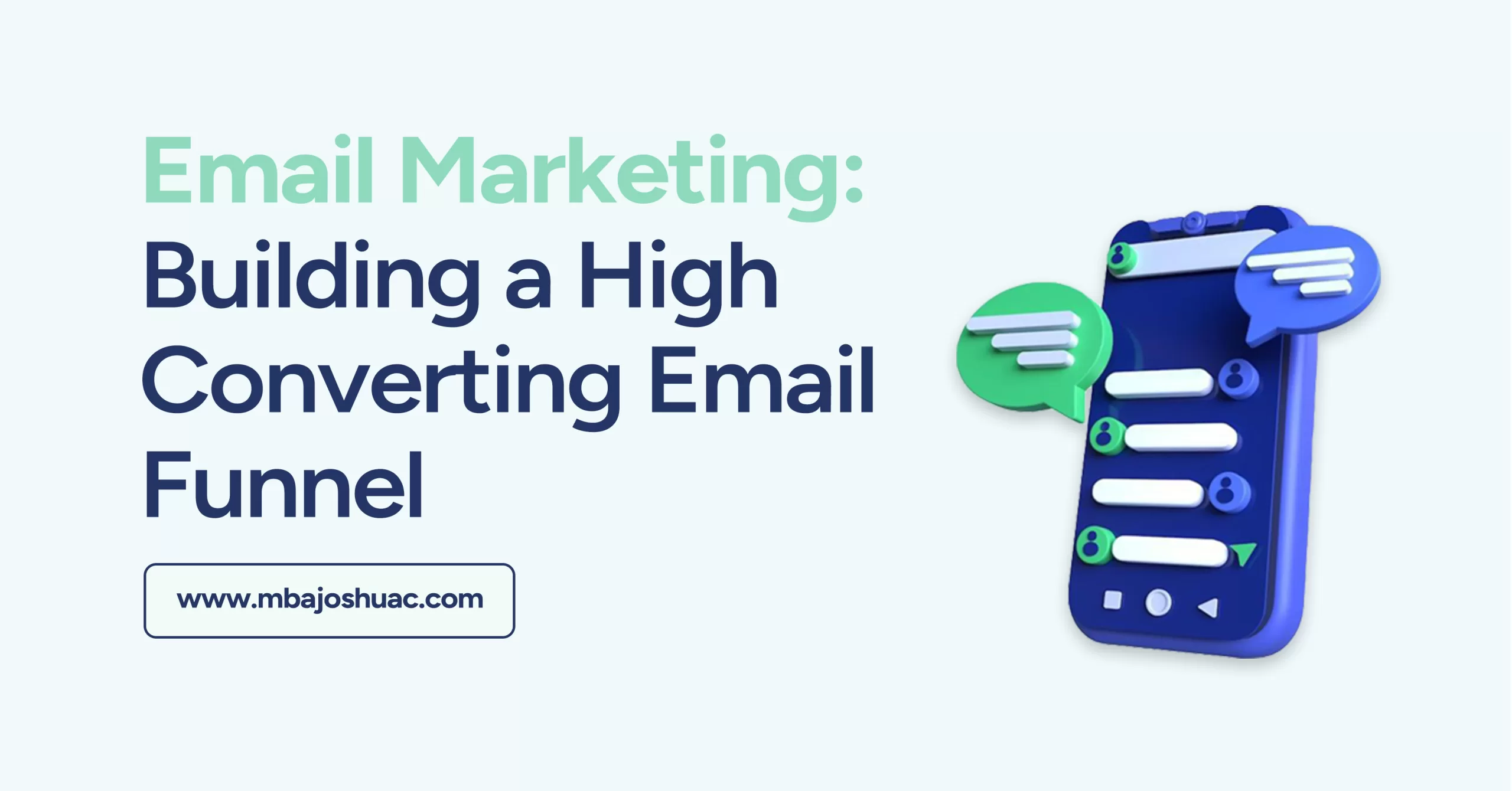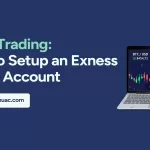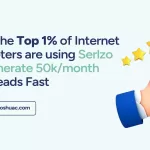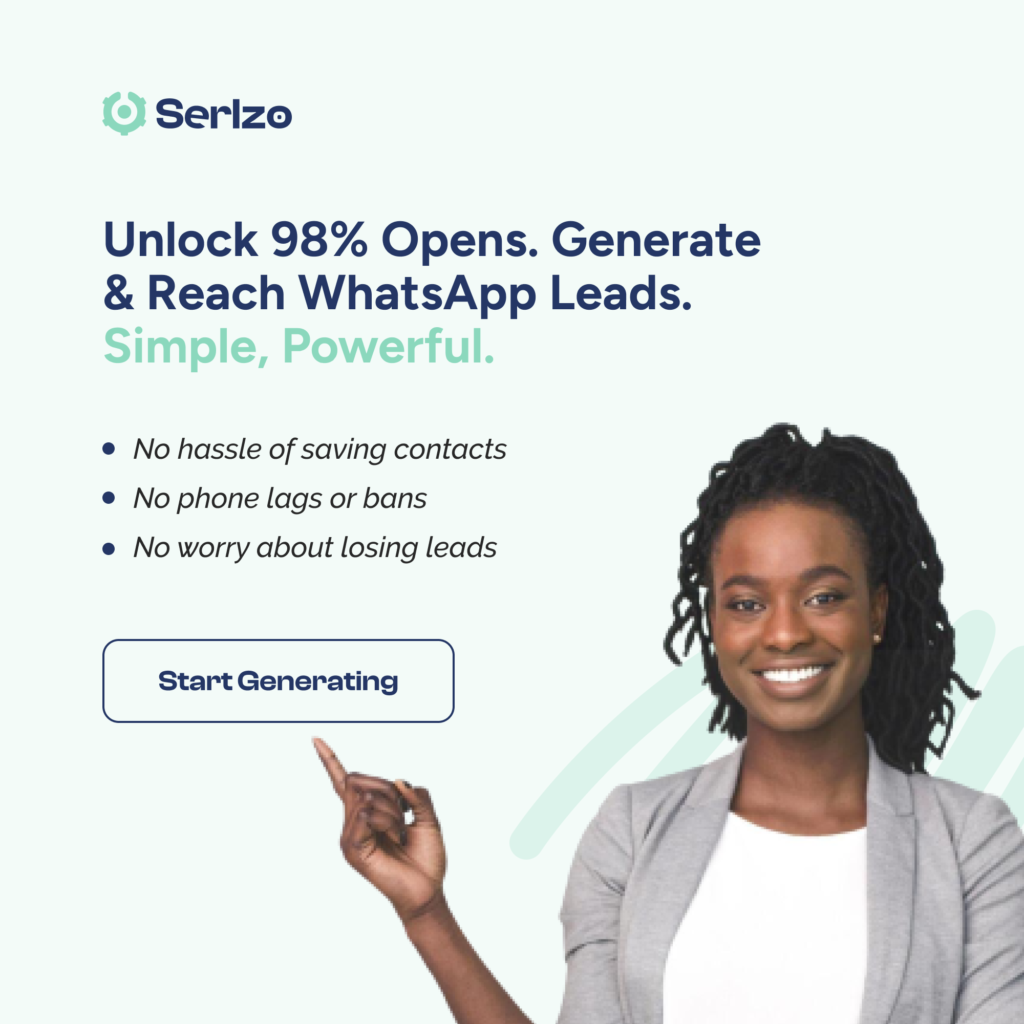Email marketing funnels have become a force in achieving substantial business growth. A high-converting email funnel is a potent tool for businesses to connect with their target audience, build engagement, and make sales.
As emphasized by Joshua Mba, a seasoned online entrepreneur and coach, in a video, constructing a well-crafted email funnel is a strategy for exponentially growing a business. In this article, we will delve deep into Joshua Mba’s insights and explore the components of email marketing funnels, including lead generation, nurturing prospects, and the art of selling and retaining customers.
The Power of Email Funnels
Email marketing funnels serve as a powerful means for businesses to not only build a large subscriber base but also nurture and convert prospects into loyal customers. These funnels can be broken down into three distinct layers: the top of the funnel, the middle of the funnel, and the bottom of the funnel. Each of the three layers serves a distinct purpose in the conversion process.
Notably, email funnels facilitate the nurturing of prospects, guiding them from initial interest to making purchases. Also, it enables continuous engagement for recurrent sales.
The three layers of the funnel include:
1. Top of the Funnel (TOFU): Generating Leads
The top of the funnel primarily focuses on lead generation. This phase involves creating a lead-generating system, often referred to as a ‘lead magnet.’ The core objective here is to capture valuable prospect information willingly. To achieve this, incentives, or ‘lead magnets,’ are offered. These offers have to resonate with the interests of the target customer.
Let’s consider an example of a coaching program for software developers. In this scenario, the lead magnet could be a concise handbook (usually a PDF ebook) that provides valuable insights for software developers. By focusing on what your ideal customers truly need, you can offer a lead magnet that addresses their pain points. For instance, if your target audience consists of software developers seeking remote job opportunities, your lead magnet could be a step-by-step guide on how to secure their dream remote job.
Noteworthy, the key takeaway here is that the lead magnet should offer tangible value and directly align with your prospects’ needs. The aim is to offer something that directly addresses the prospect’s needs. When prospects willingly provide their contact information (in this case, an email address) in exchange for this valuable resource, you have successfully built the foundation of your email marketing funnel. Addressing the pain points would compel them to willingly provide their contact information in exchange for the offered resource.
2. Middle of the Funnel: Nurturing Prospects
Once prospects have been obtained, the next step is to nurture them. Nurturing involves building awareness of their needs and positioning your products or services as solutions to their problems. This stage involves creating content that enlightens prospects about their deficiencies or needs. While this is done, subtly highlight the benefits of the product or service offered.
However, this nurturing process can span several emails or content pieces. In the context of the software developer coaching program, your nurturing emails could discuss the importance of mentorship, how it can boost their career, and the drawbacks of not having a mentor. This guides them toward an understanding of their requirements for the product or service being marketed.
Through this nurturing process, you aim to establish yourself as a trusted source of information and build engagement with your prospects. By the time you present your product or service, prospects are more likely to see it as the solution they’ve been seeking.
3. Bottom of the Funnel: Selling and Retaining Customers
Here, at the bottom of the funnel, is where the “magic” happens. This stage involves converting these prospects into customers; it is where the sales occur. After effectively nurturing your prospects and making them aware of their needs, you introduce your product or service. By demonstrating how the offered product or service can fulfill their needs, sales copies and offers are made to encourage purchases.
In the case of the software development coaching program, this is where the actual program is sold. Furthermore, having already captured prospect information, follow-up sales can be made by offering more extensive mentorship programs, additional resources, or complementary services.
Watch this video:
Key Strategies for Effective Funnel Creation
Understanding Ideal Customers: Tailor lead magnets and content to resonate with the specific needs and interests of the ideal customer.
Nurturing through Content: Develop a strategic sequence and flow of content that educates prospects about their needs and gently guides them toward the solution.
Sales and Retention: Use the funnel to not only convert prospects into customers but also to retain them. This could involve upselling additional products or services based on their initial purchase.
Constant Optimization: Continuously refine the funnel by conducting A/B tests and tweaking lead magnets and content for better performance.
Truly, implementing these email marketing strategies can potentially lead to substantial business growth. Although initially challenging, with consistent effort, refinement, and optimization, entrepreneurs can gain significant results.
The beauty of email marketing is that it allows you to not only sell to your prospects but also retain them. Since you have already collected their contact information (email addresses) and established a relationship, you can continue to market to them in the future. This might involve offering additional products or services, upselling, cross-selling, and ensuring long-term customer loyalty.
Furthermore, email marketing allows you to automate this process. This means you can continually have prospects entering your funnel and progressing through it without needing constant manual intervention. This automation can lead to consistent and sustainable growth for your business.
Conclusion
Email marketing funnels are a cornerstone of modern business growth, and Joshua Mba’s insights provide a clear roadmap for building high-converting email funnels. As an online business owner, leveraging email marketing funnels can help you transition from a modest income to a higher profit. With the right lead magnet, you can automate the process and tap into exponential growth.
Finally, staying informed and adapting to new strategies is important. Be sure to join Joshua Mba’s Telegram channel and share this knowledge with others who are on a quest for business growth. The journey to email marketing success starts with a commitment to continuous learning and implementation.






Leave a Reply